
I was doing some math last week.
Adding up the number of days I’ve spent in Chicago over the last four years.
I was talking to my son about it, and realized that 5 trips at 5-6 days each equates to almost a month.
A month!
In a city I barely knew.
I’ve gone from not knowing where I was going, to almost remembering the landmarks but getting a little turned around, to kind-of-remembering and mostly going in the right direction, to knowing where I was and walking with a military march in my step.
What can I tell you?
Chicago is a beautiful city, and the large downtown area, filled with gorgeous skyscrapers, is set up against a blue lake as big as an ocean. There are green waterways criss-crossing the city as well, things you’ve seen in movies, with building reflections shimmering in the water below bridge-crossings.
People are friendly, and though it bears a resemblance to Manhattan, with the 20th Century, period nature of a lot of the buildings, it’s much cleaner.
An Über driver from Morocco told me he thinks Chicago is still much cheaper, and therefore more livable, than its East and West Coast mega-city competition.
But this September, at the 2019 Filter Photo Festival, I couldn’t help thinking it was strange how quickly something can go from new and fascinating to comfortable and nostalgic.
Here’s an example.
On Thursday night, after a long first day of reviewing portfolios, there was a little gap in the schedule before a reception at the Museum of Contemporary Photography at Columbia College, where Teju Cole’s fantastic, curated exhibition “Go Down Moses” was on display.
Rather than Übering or Lyfting, cabbing, bussing, or taking the subway, I chose to walk, alone, to gather my thoughts.
It’s about two miles, and I’ve done it before, so I know the way.
And I was also hoping I’d bump into someone.
Sure enough, on a street corner opposite Millennium Park, (before you get to the Art Institute,) I saw blues singer/guitar player/drummer Brian Doroba, in the same spot he was a couple of years before, when I stumbled upon his act, awestruck.
I had left early enough to be able to stop and listen, (just in case,) and got a ten minute concert of some genuinely killer street blues.
I dropped a couple of bucks in the hat, made a video to remember the moment, and sunk into the music, bopping my head as I leaned back against the side of a building.
Other people stopped, breaking their routines to engage with the blues, right there amid the theater of the street.
It was pretty excellent, as far as moments go.
And it felt symbolic of my view towards the Filter festival: I have incredibly high expectations, and they’re consistently met, even if I can’t be surprised, like I was when everything was new.
At this point, the Filter crew has their mission dialed in, and the festival is hyper-well run.
Their systems work, their venue is great, and the members of their team complement each other well. (Which I wrote about in last week’s team-building column.)
Filter has lectures, workshops, exhibitions and parties, along with four days of reviews.
Things just work so well.
People arrive at your table on time, never late, and leave when they’re supposed to. The breaks come at just the right time. The food is amazing, and the vibe in the reviewing room is positive.
To establish this level of excellence, in the heart of a world-class city, is to be commended.
But we all know I went to Filter to look at portfolios to publish here. I scouted some great stuff, and am thrilled to be able to share it with you now.
That’s right: we’re officially opening the series, “The Best Work I saw at the Filter Photo Festival,” and this is only part one.
As usual, the artists are in no particular order.
Let’s get to it!
I totally loved Adam Frint’s work, and can even say it inspired me.
Adam showed me a series called “Smoke Break,” in which he’d skulked around Chicago, watching people on their aforementioned alone time. And then he photographed them.
The concept is simple, but the pictures are dynamic and mysterious.
Then he showed me a different idea, which he had worked out as drawings. (He’s trained as a designer, and works in various media.)
Loved them too.
I’ve had a drawing project in mind for a while, and recently started, and I’d like to think Adam’s work triggered my confidence.
There was a lot of strong photography at Filter, so you may find me throwing compliments around. But I was really struck by Crystal Tursich’s work, and thought they were some of the best matte paper prints I’d ever seen.
I caught one or two out of the corner of my eye at the portfolio walk, the night before I had a review with her, so they looked amazing at a distance, and up close.
At these meetings, I often critique matte prints that are flat, or oversaturated. Most everyone presents prints that limit the illusion of 3 dimensional space.
But not Crystal. Her prints were extraordinary.
She seemed to appreciate the compliments, and let me know it was no accident, but that she worked hard at her craft.
As for the subject matter, the images are personal, and inspired by a miscarriage. They were super-impressive in person, but show well digitally too.
Whitney Bradshaw was another Chicago artist, and had a project that was getting buzz and attention, and had been exhibited a lot lately too. (Hopefully with more opportunities ahead.)
The project, “Outcry,” is based on meet-ups that Whitney organizes, predominantly at her own home, where different women from various backgrounds come together to scream; communing around their own personal experience, or broader experience, with sexual violence. (Meaning most, but not all women are survivors.)
Whitney, who was a social worker, and has an MFA from Columbia College, then photographs the women when they’re screaming.
It’s intense, and apparently cathartic. I think it’s phenomenal as social practice work, and large format photographic installation.
I’ve seen Jim Ferguson’s work before, because we have a mutual friend in common. I even remembered the premise, which is the he doesn’t have proper depth perception in his vision.
So he makes work that visually communicates the way he sees. (Here were are with the flattened picture plane again.)
While I liked his previous black and white work, these color pictures were very cool. I told Jim about my critique of “headache” art at Photolucida, but his pictures make you see differently, without the need for ibuprofen.
I’m very curious to see what he comes up with next.
Margaret LeJeune had my favorite story of the festival. Or, rather, the story of our encounter was most memorable.
She told me, straight off, that she’d lived on a boat in the Atlantic Ocean for 14 months, sailing around the seas, making art.
I was hooked.
And she also let me know she’d been trained at the Visual Studies Workshop, so I expected high level technical skills.
I was crestfallen when the first thing she showed me were OK, documentary photo-style images, done with a not-special camera, shot around coast lines, and they didn’t give me any specificity.
Honestly, I didn’t understand how she didn’t do something more original, given what she seemed capable of.
She got a smile on her face, which is always a good sign, and told me about her other project, harvesting bioluminescent creatures from the sea, raising them back home in a studio lab, and using them in her photographs.
Say what now?
They are genius, and maybe for once I’m not exaggerating by using that word.
Last but not least, we have Vaune Trachtman.
I’ve written before that it’s important to judge the right time to approach someone at a festival, if you don’t have a review with them.
Well, I got into an elevator with Vaune, and she was super nice about letting me know she’d hoped to show me her work, but hadn’t had the chance.
Nothing pushy, totally genuine, and it allowed me to be a nice guy, which is always my preference.
So I gave her my card, and told her I’d look at her website if she dropped me a line. She did follow up, with an email and a thank you note, and once I got a proper set of jpegs, I knew they would look great here.
These images are trippy, suggesting a November, nocturnal voyage. They have a gravitas, and a sense of purpose that I really like. Normally, I think light trails are kitschy, but here they work.
Hope you enjoy them, and I’ll have more for you next week!
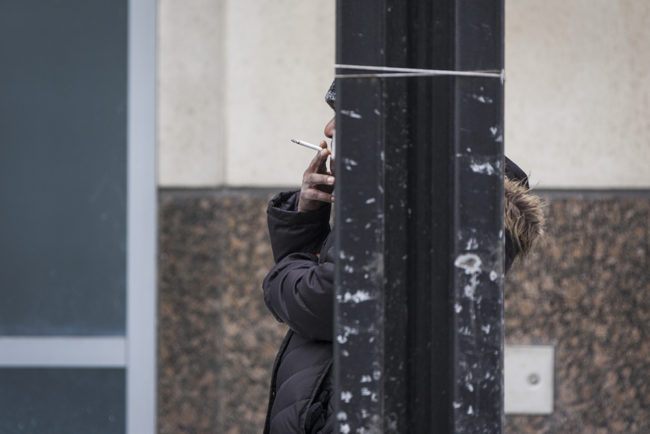
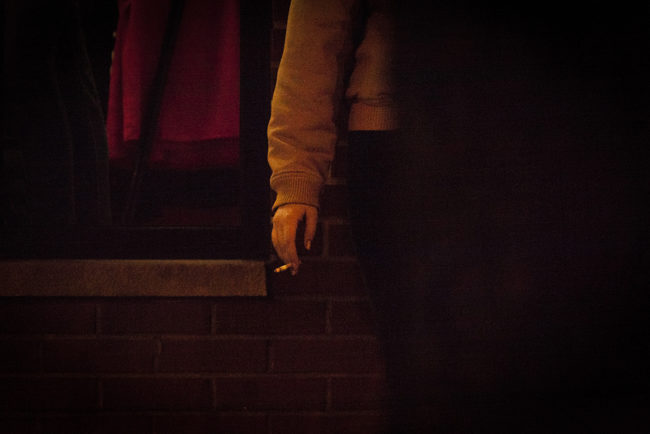
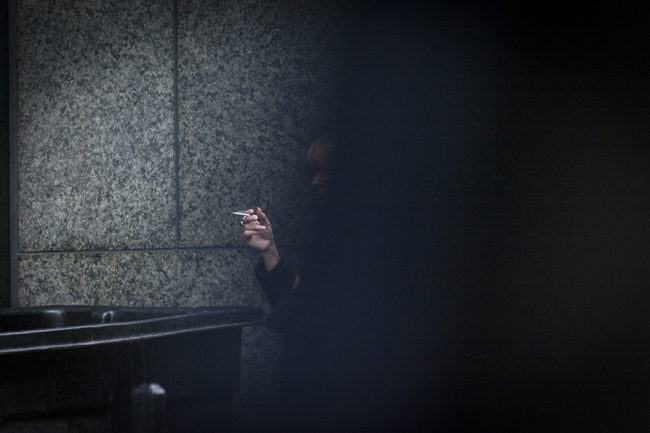
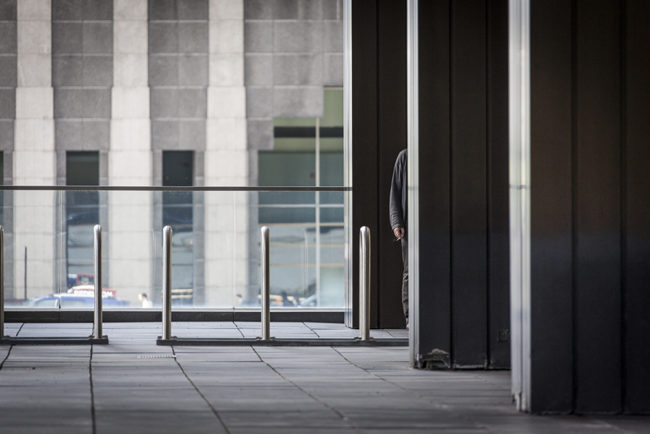
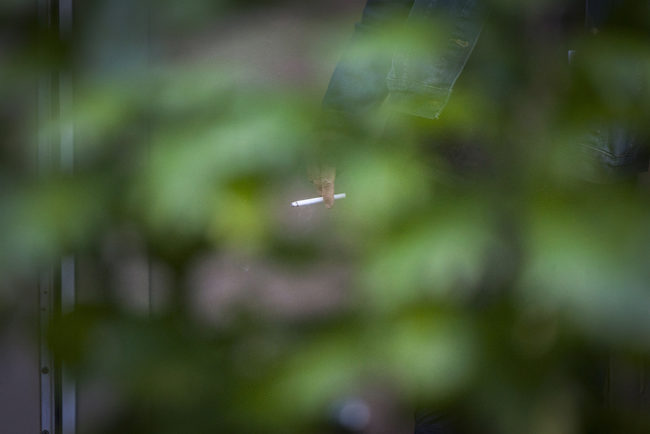
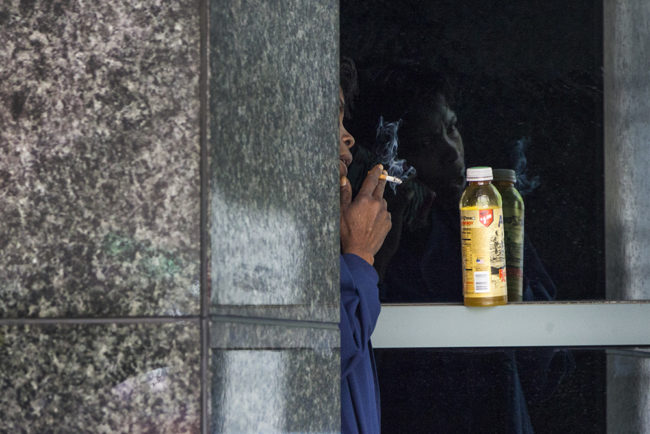
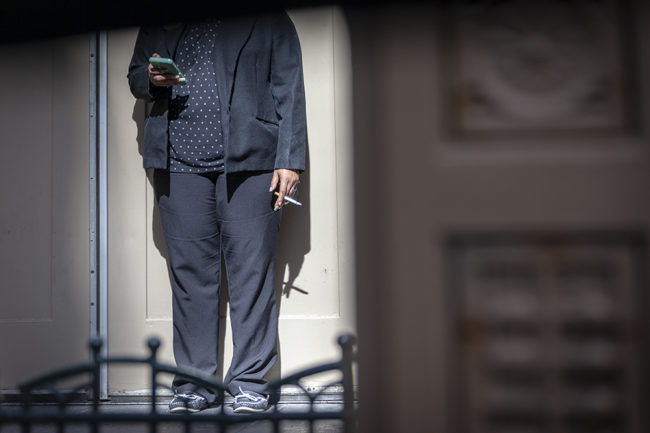
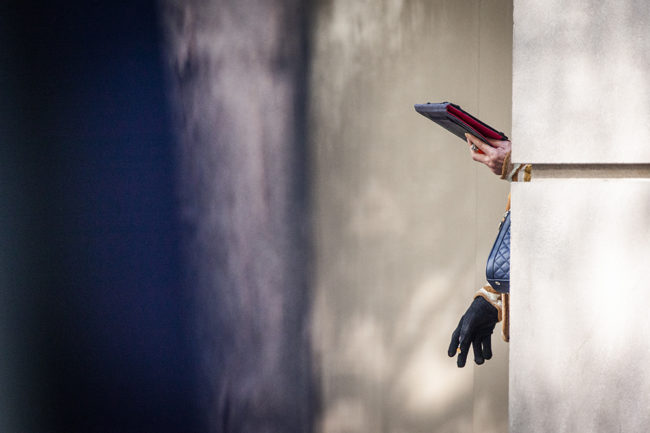
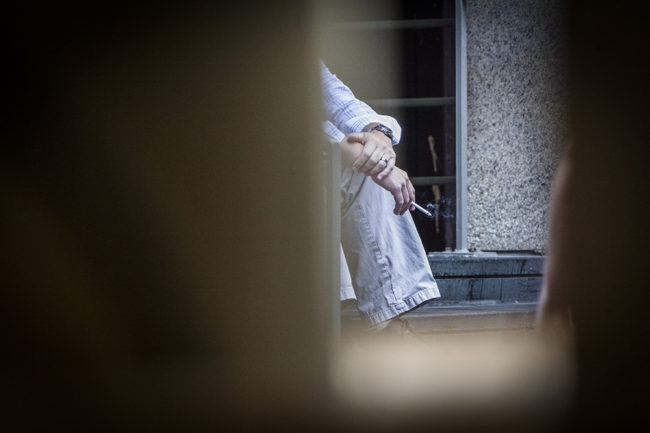

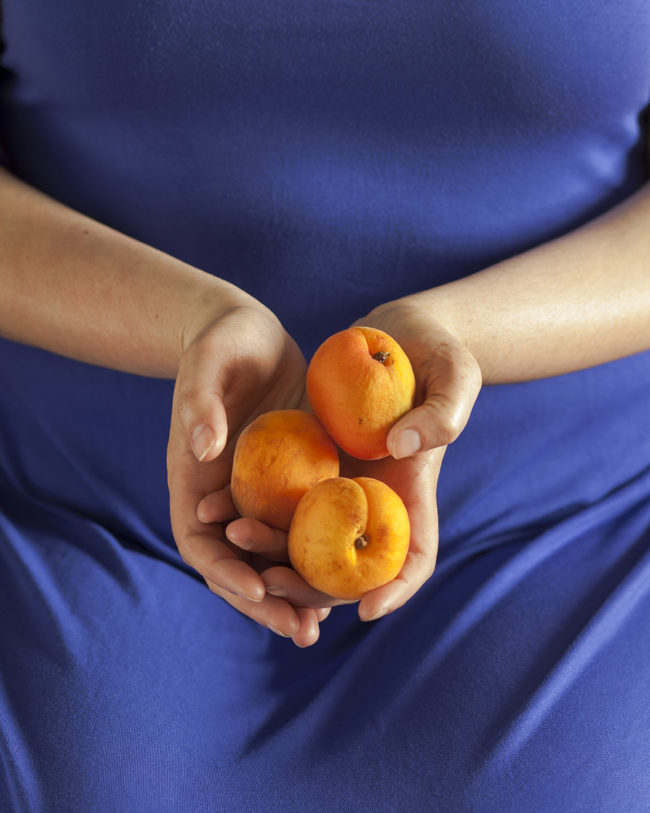
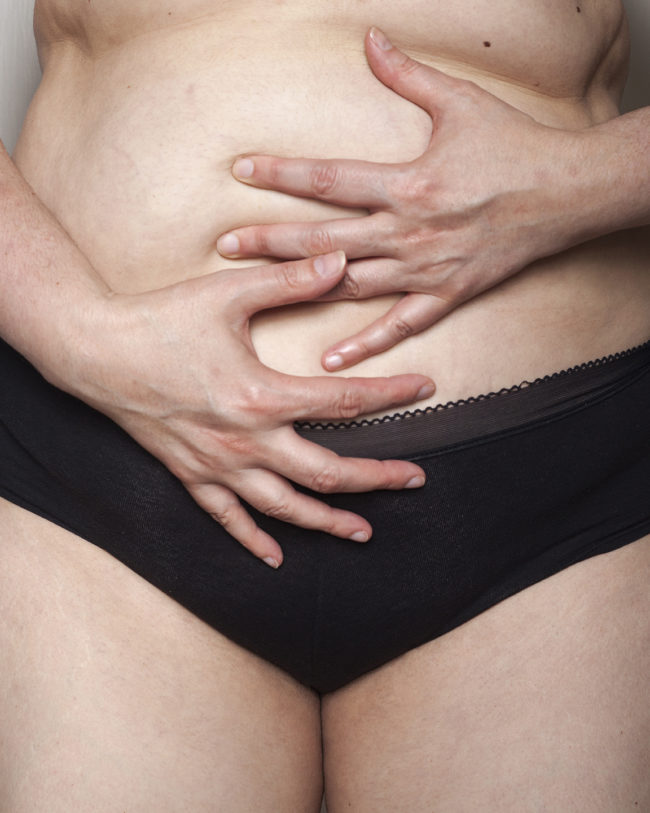
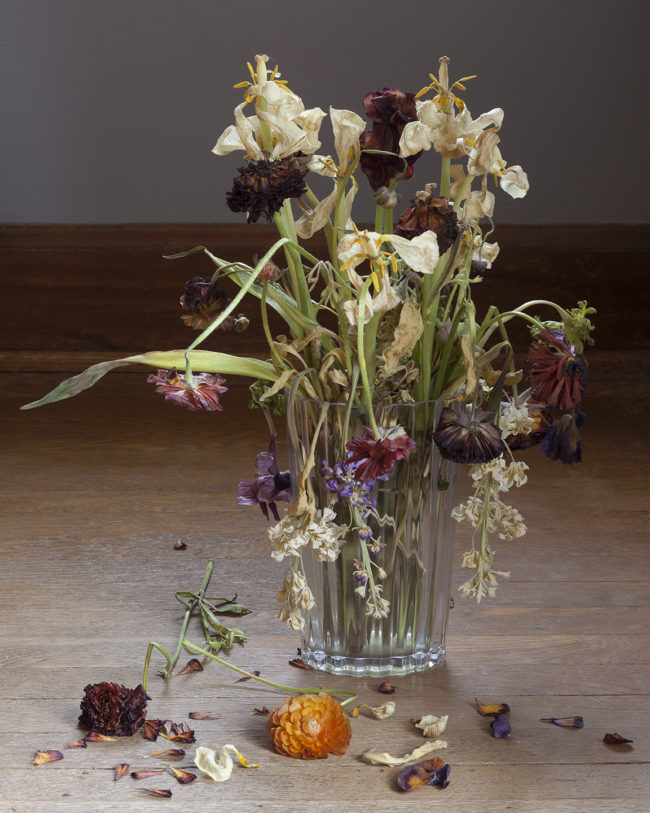
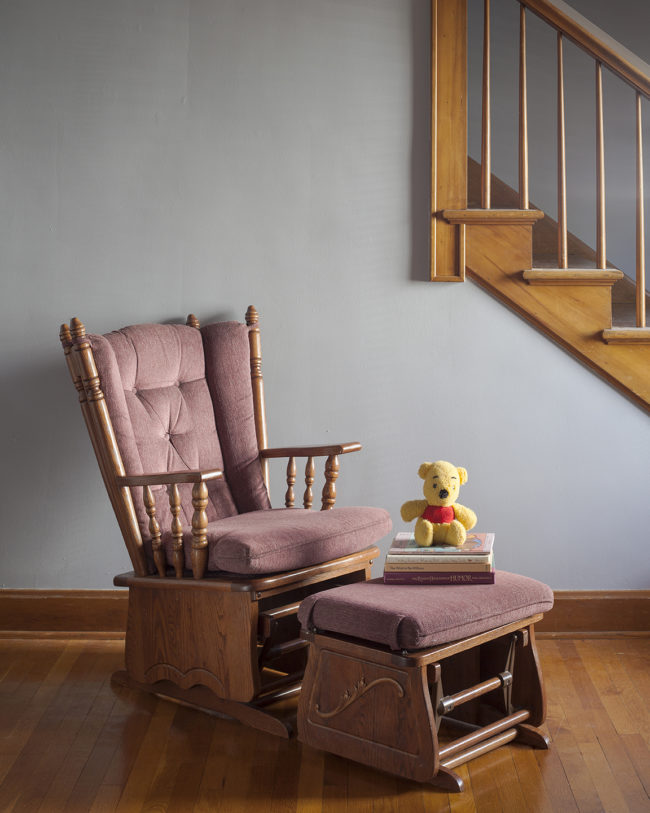
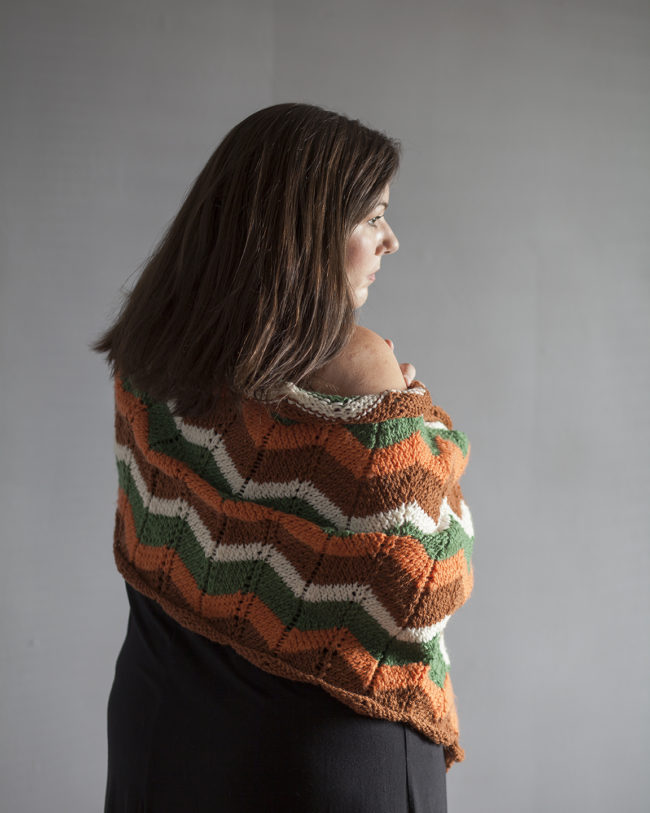

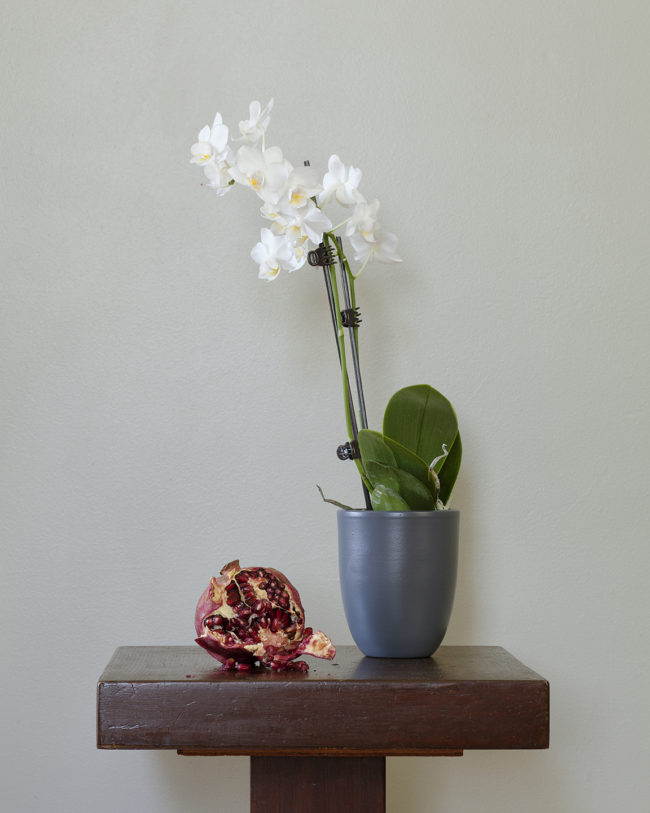


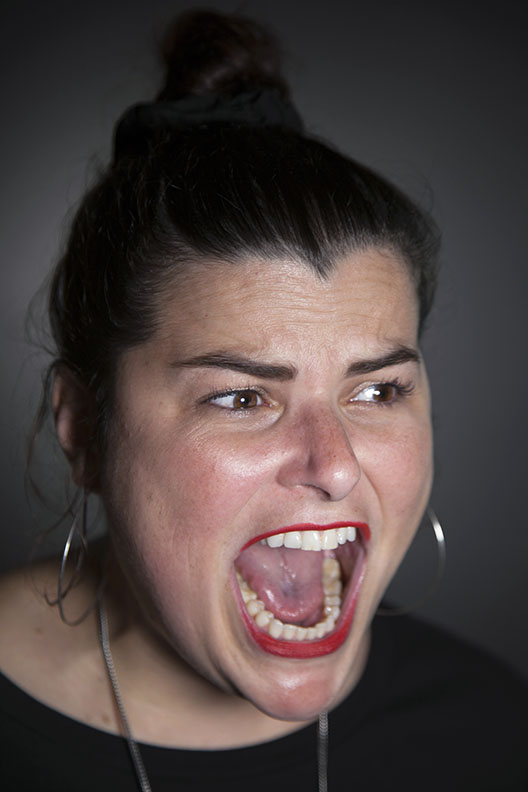


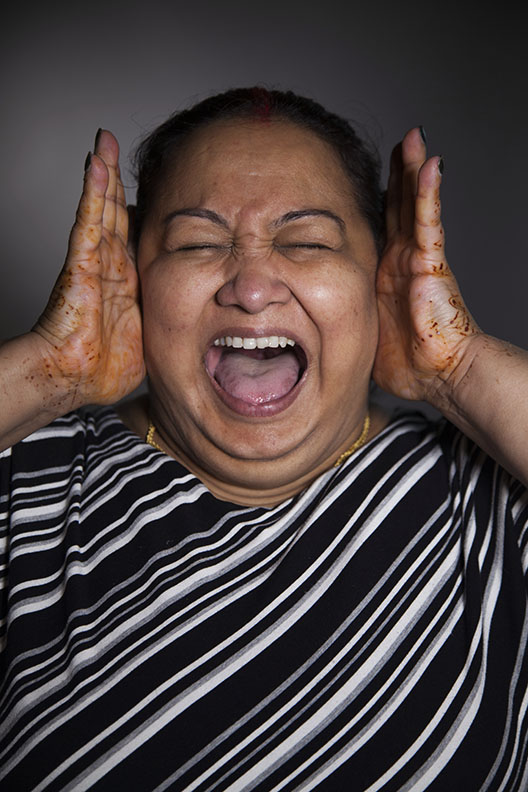
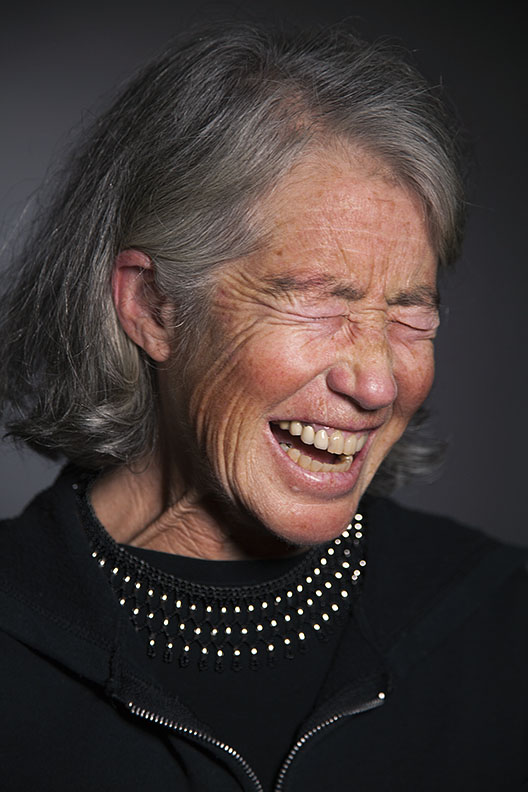
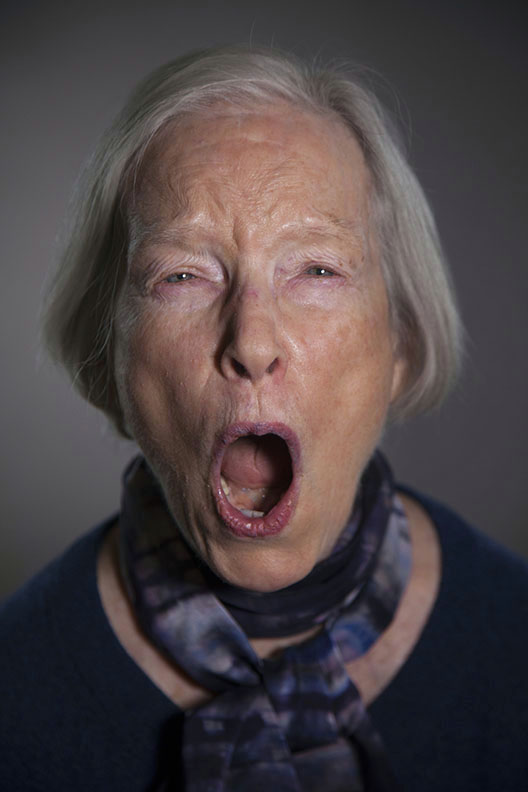


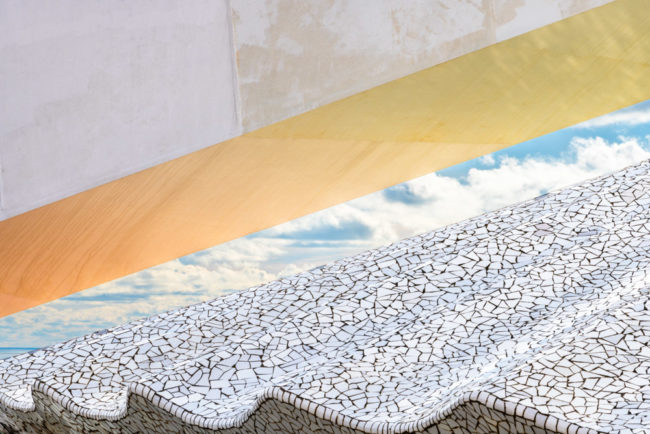




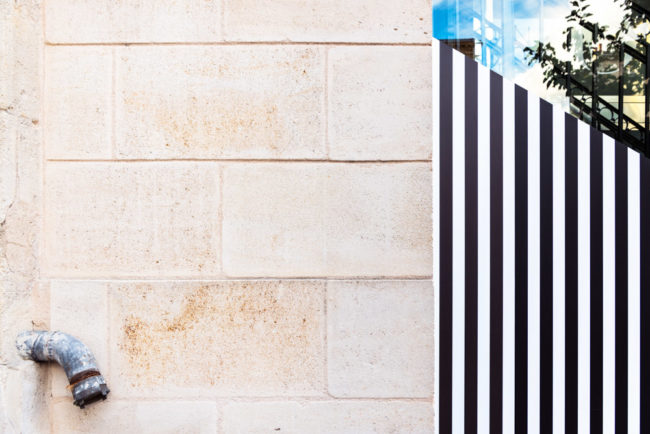


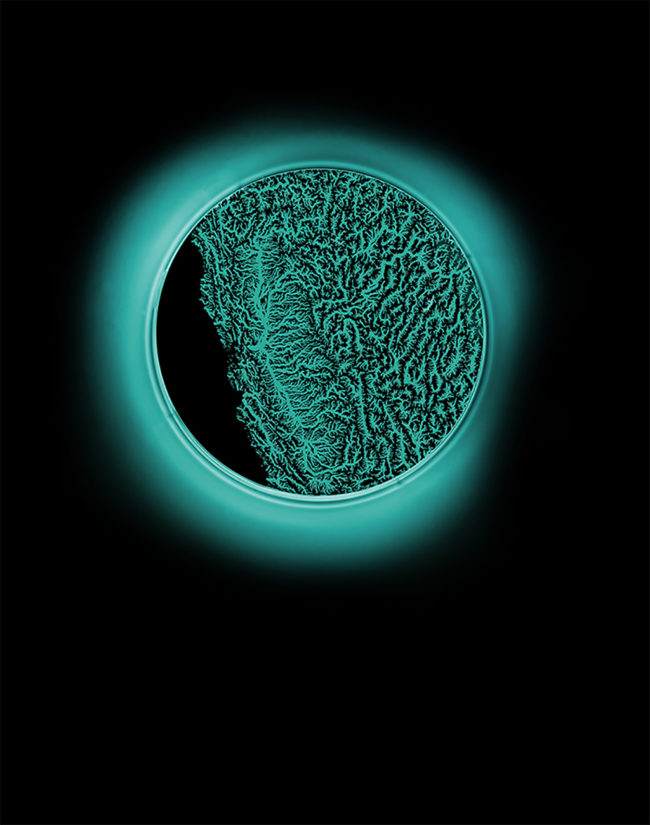

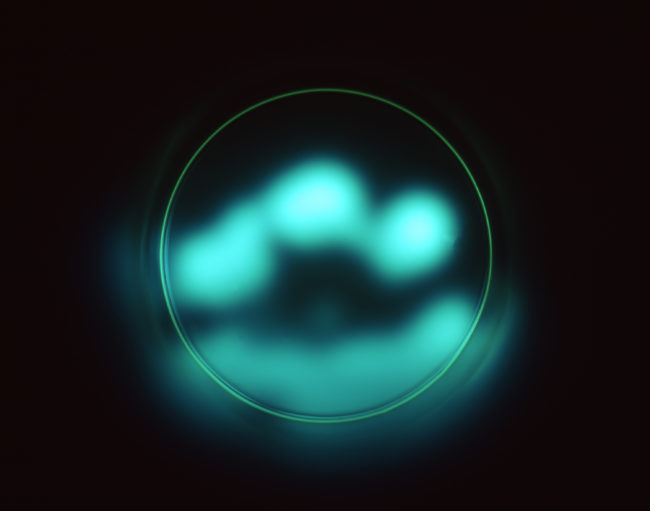
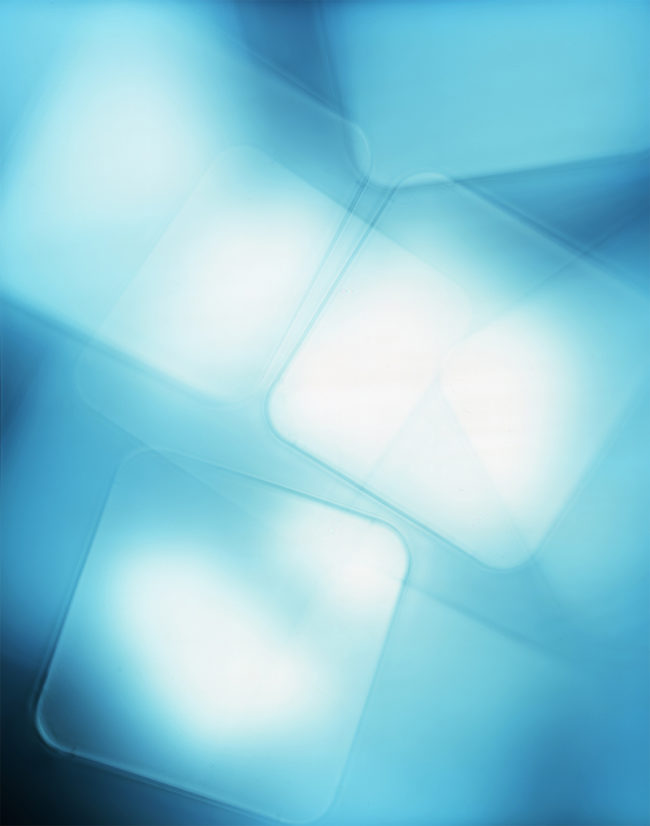
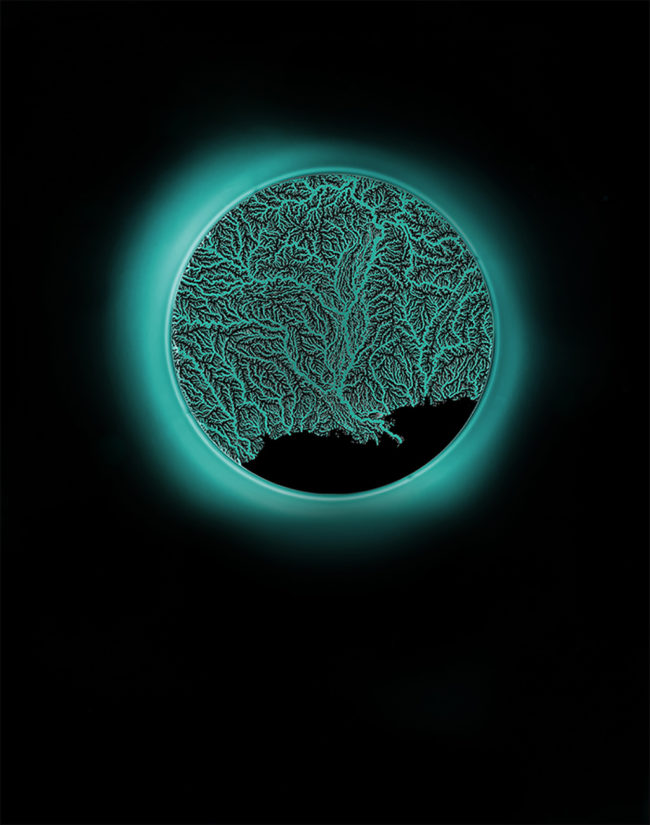
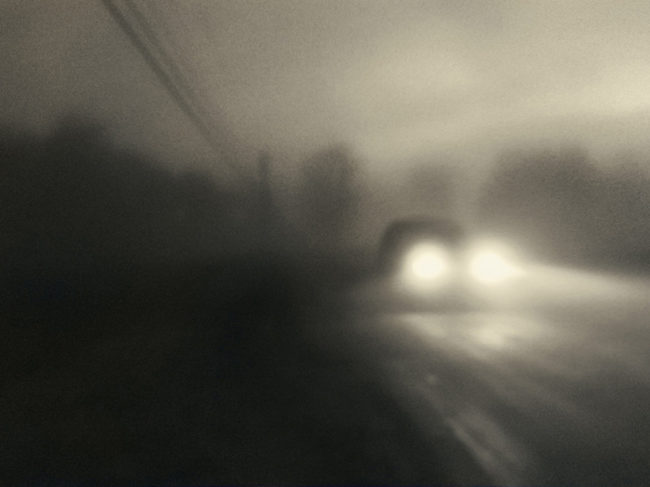

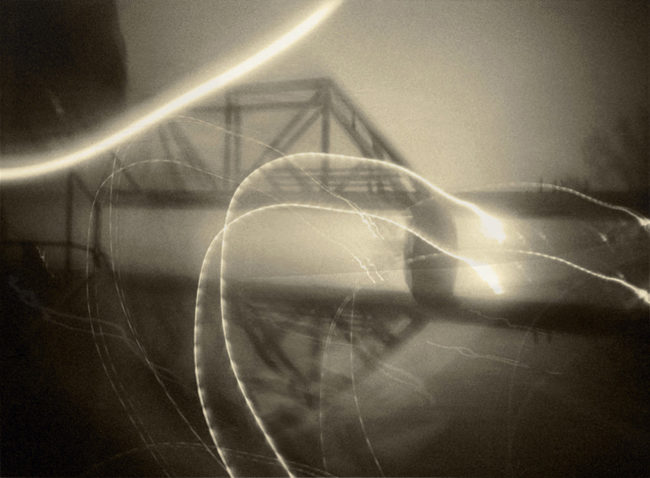
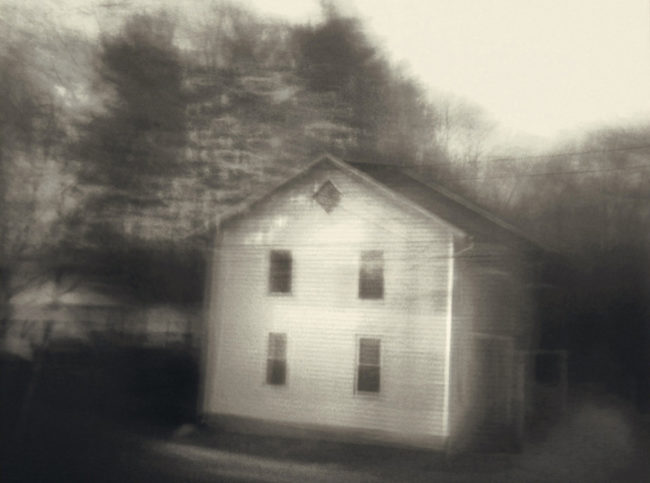
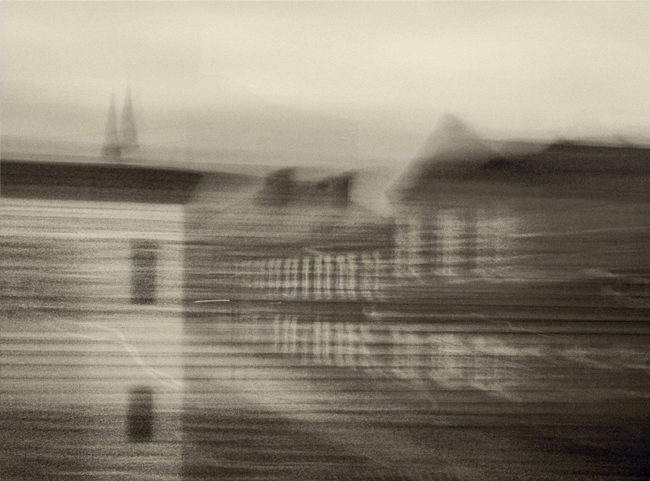
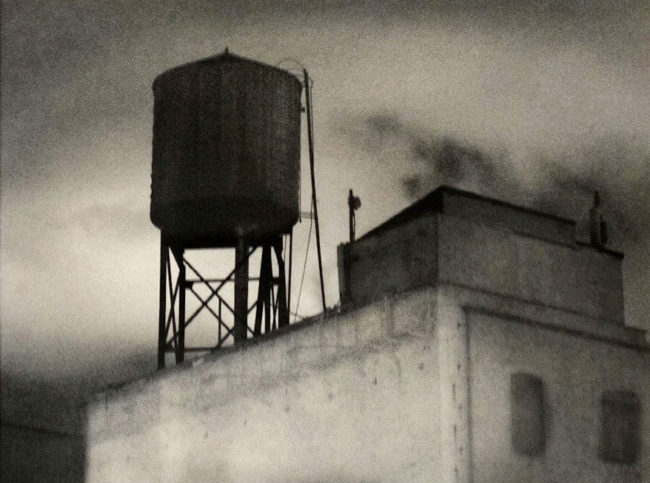
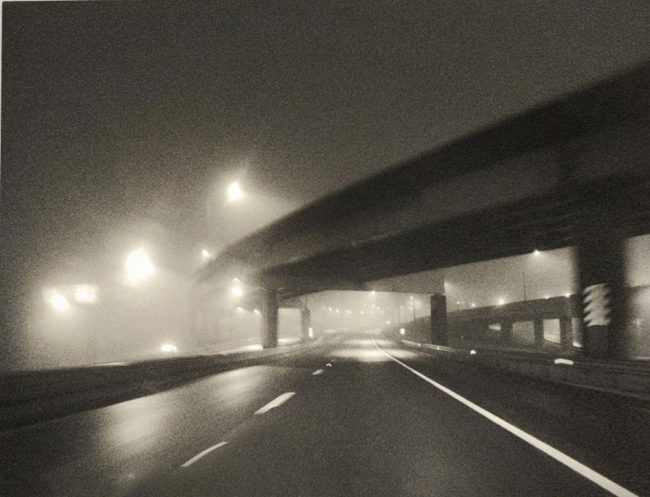
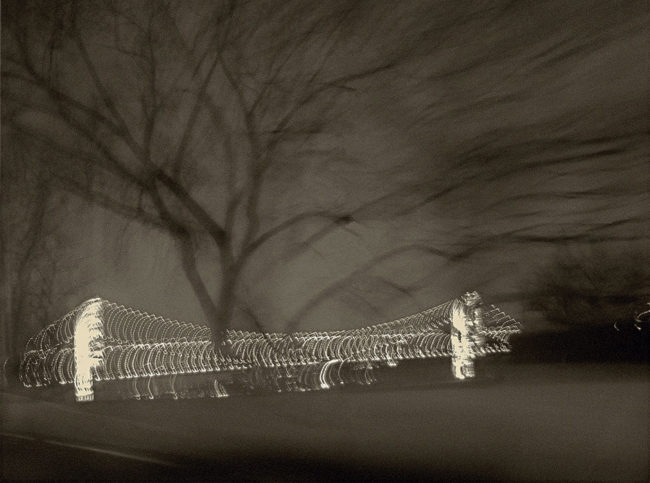
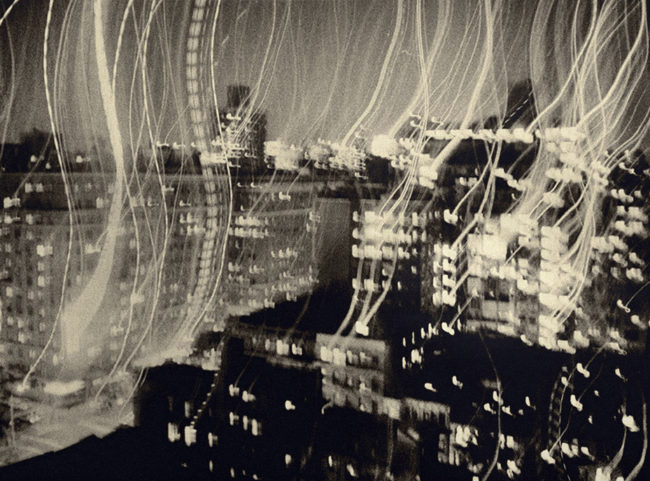
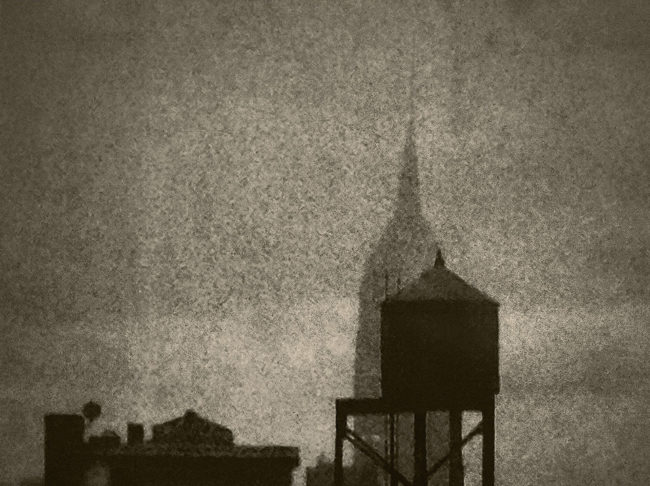


1 Comment
Amazing work! How inspiring, great narratives – enjoyed reading them. Whitney’s work is very powerful – moving!
Comments are closed for this article!